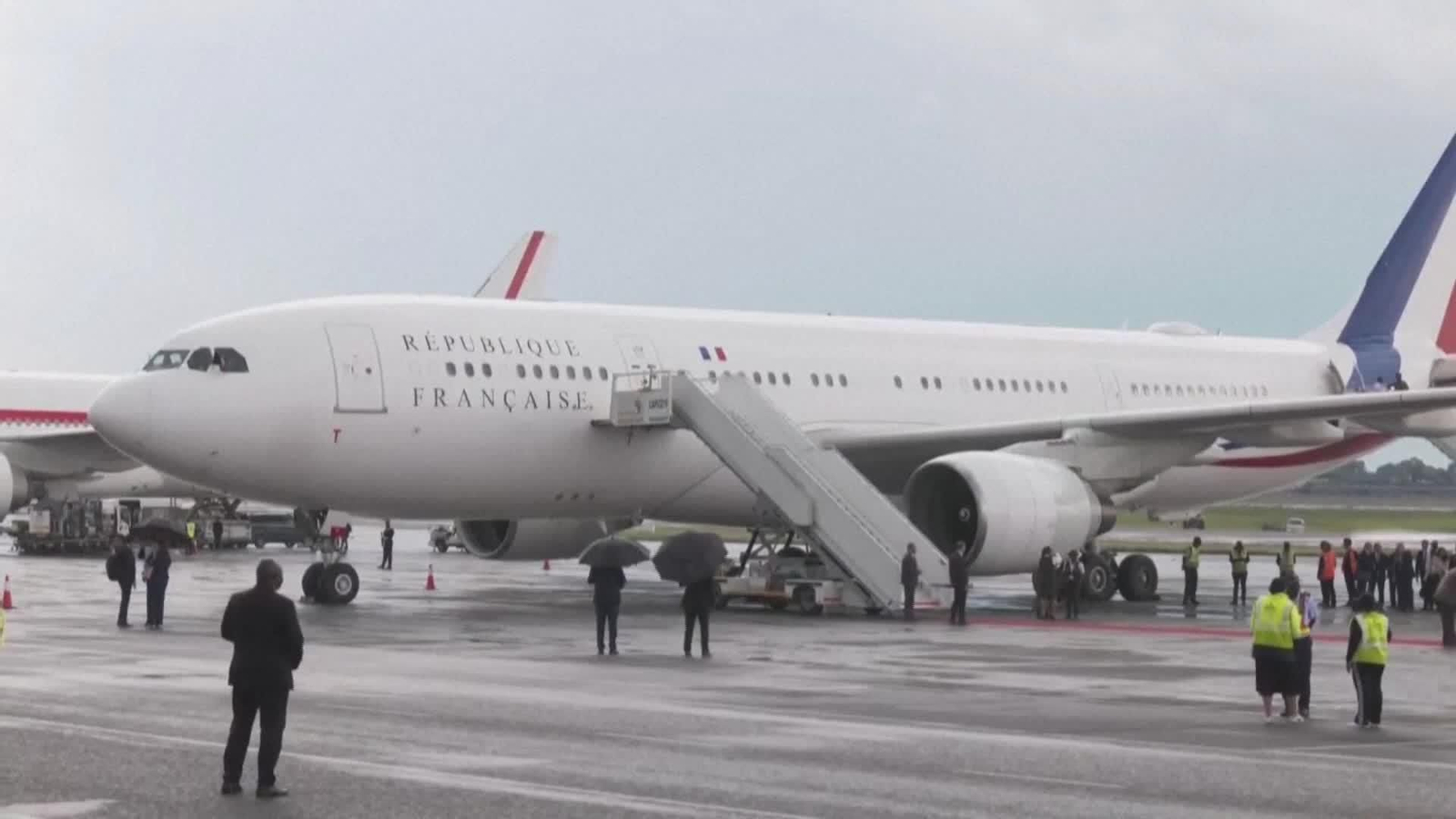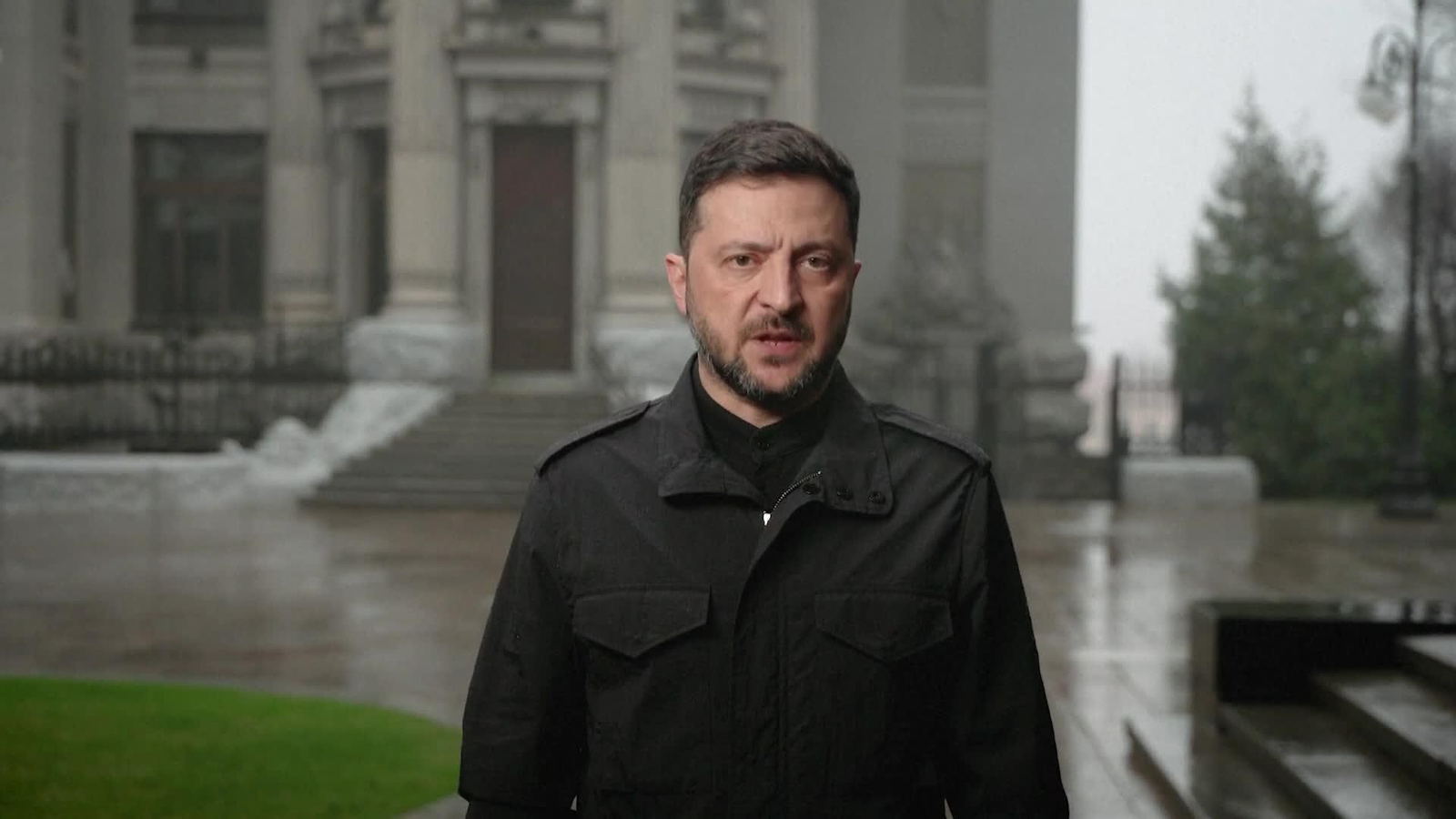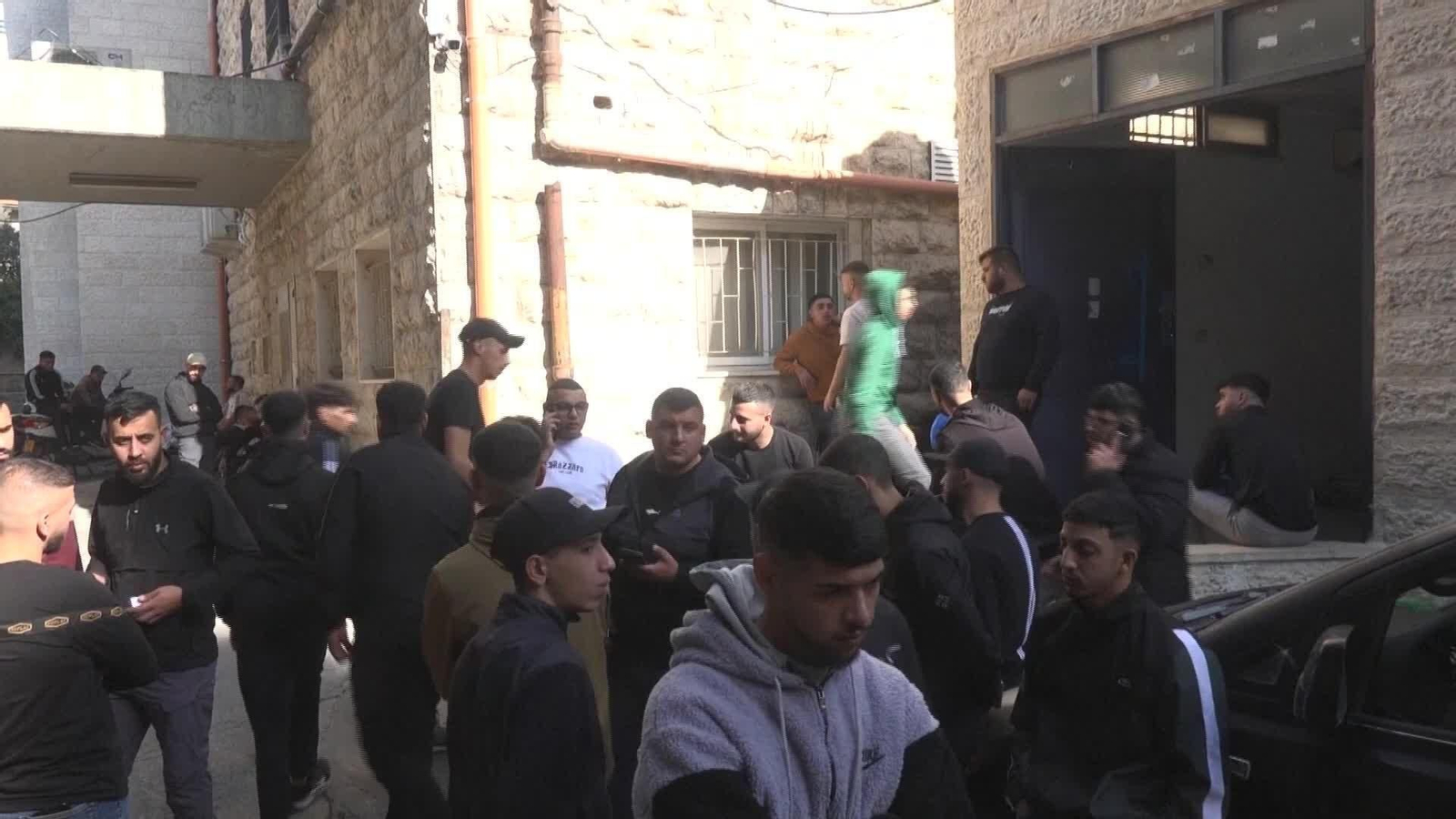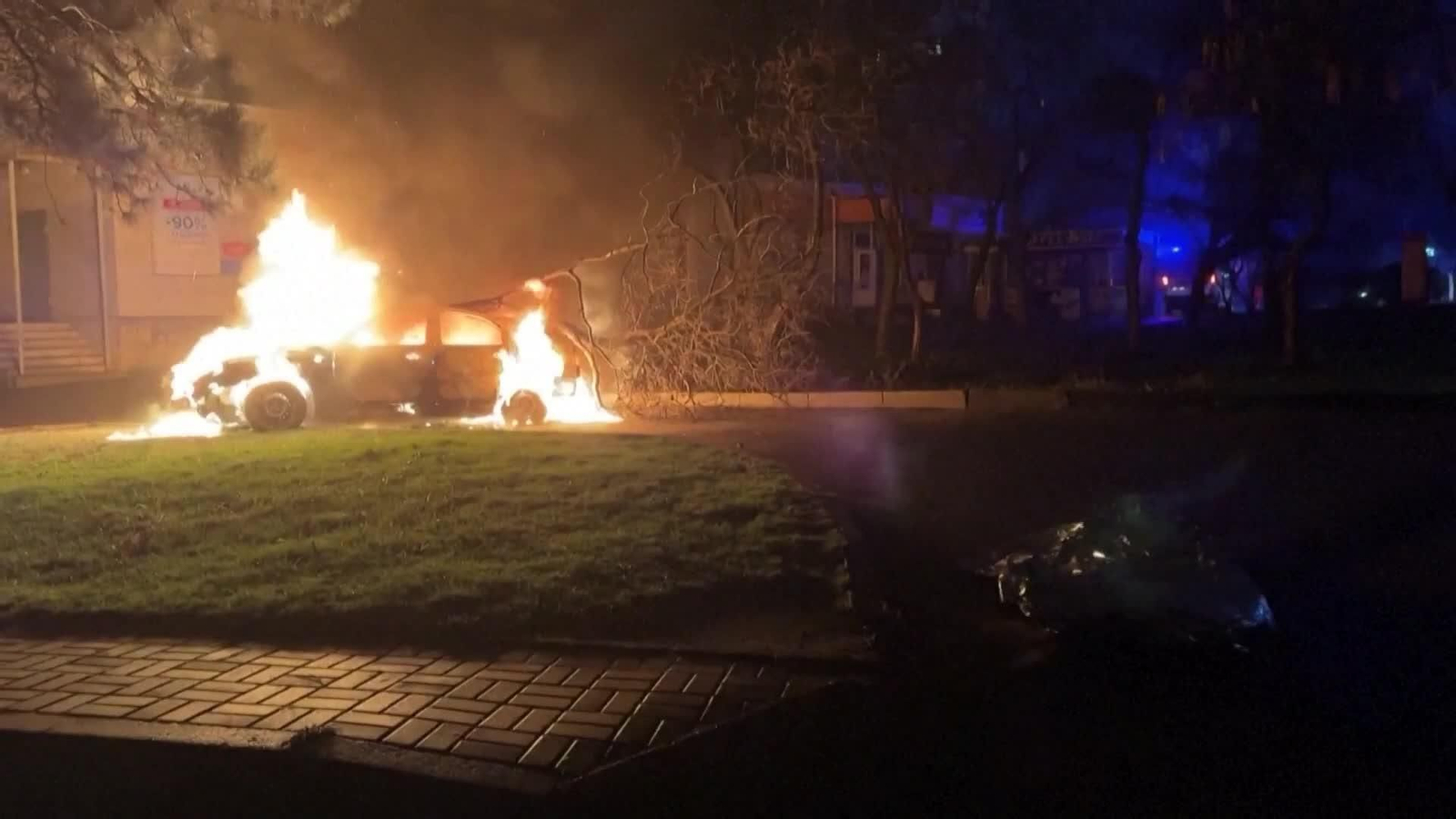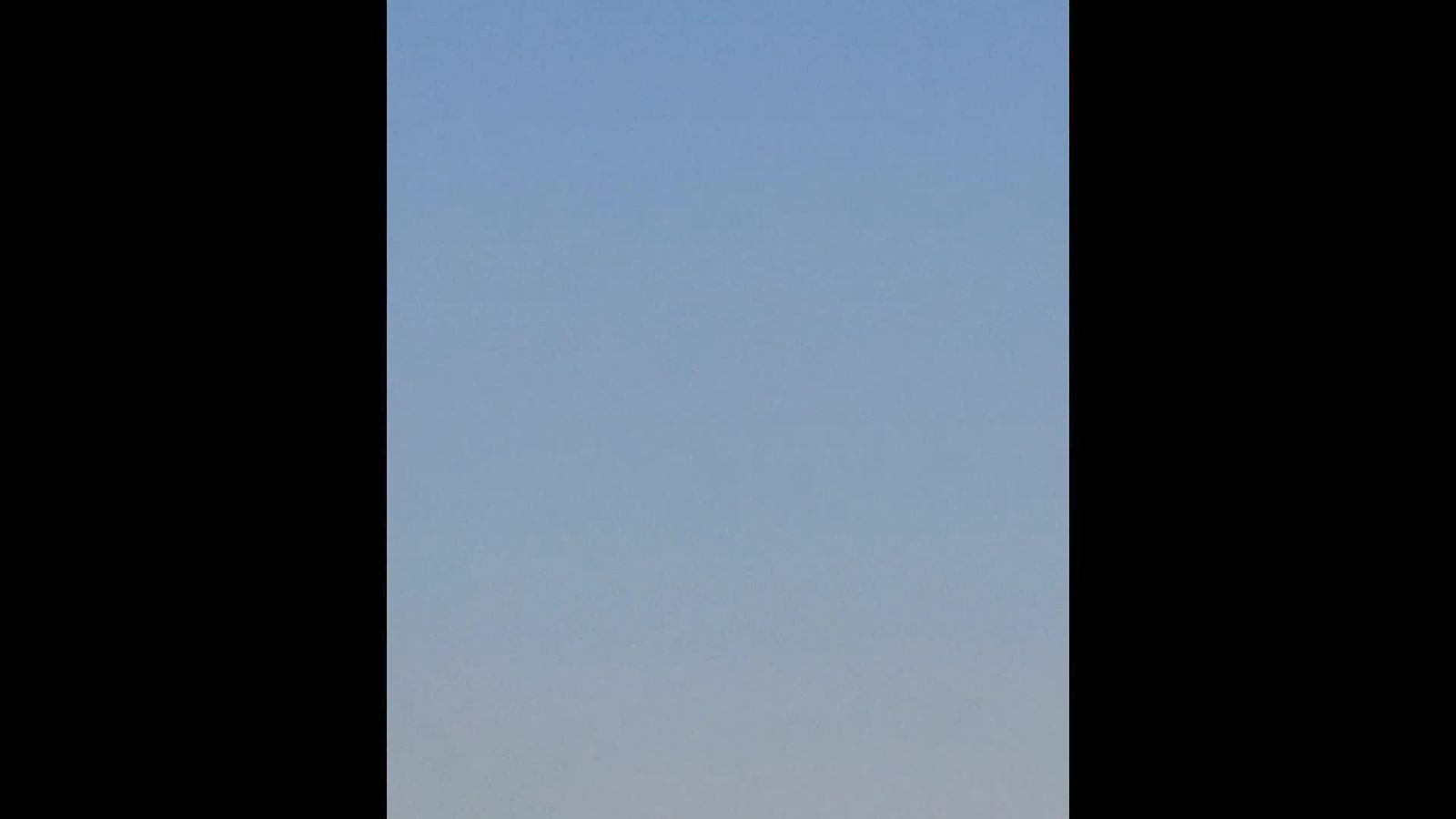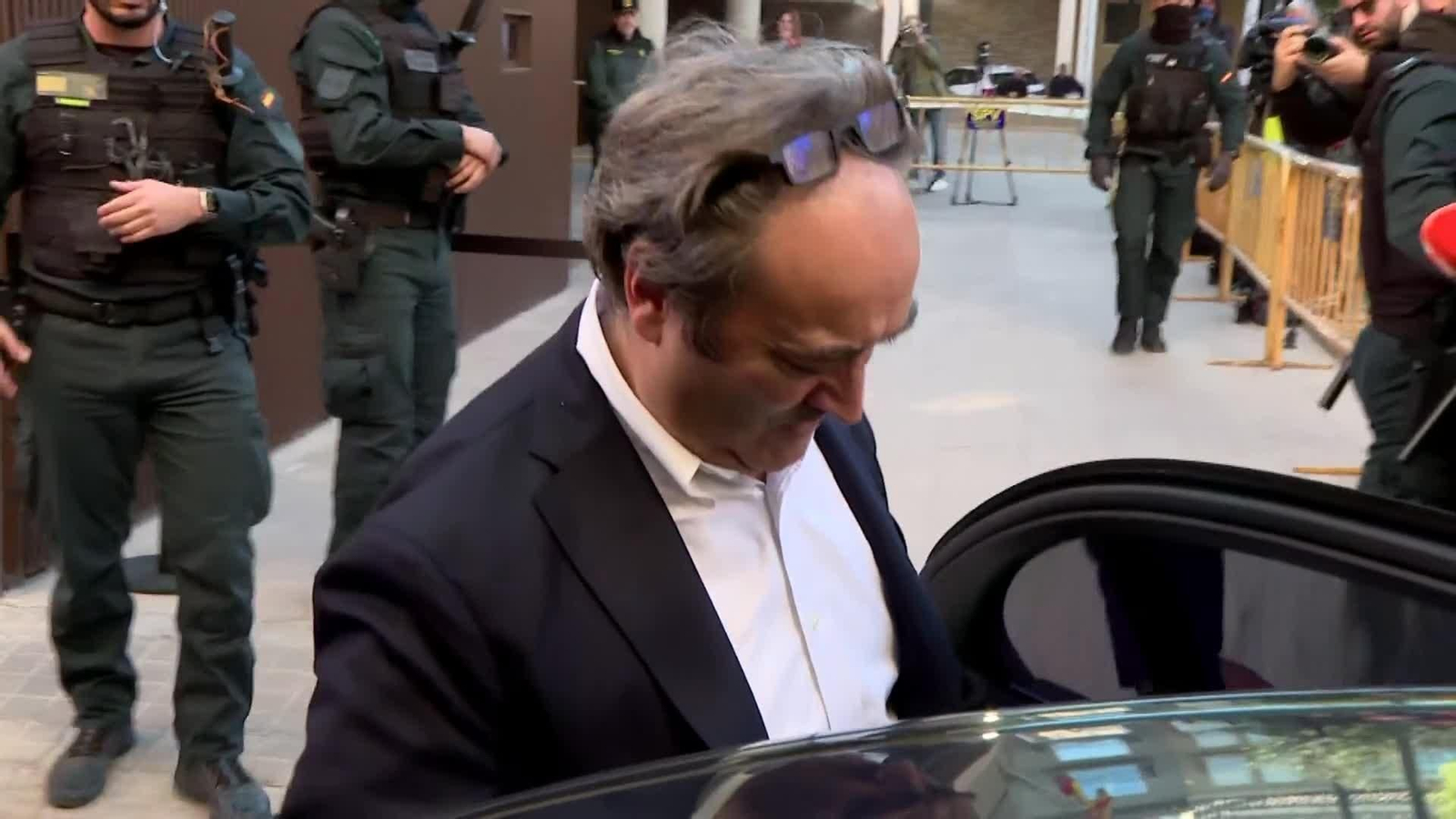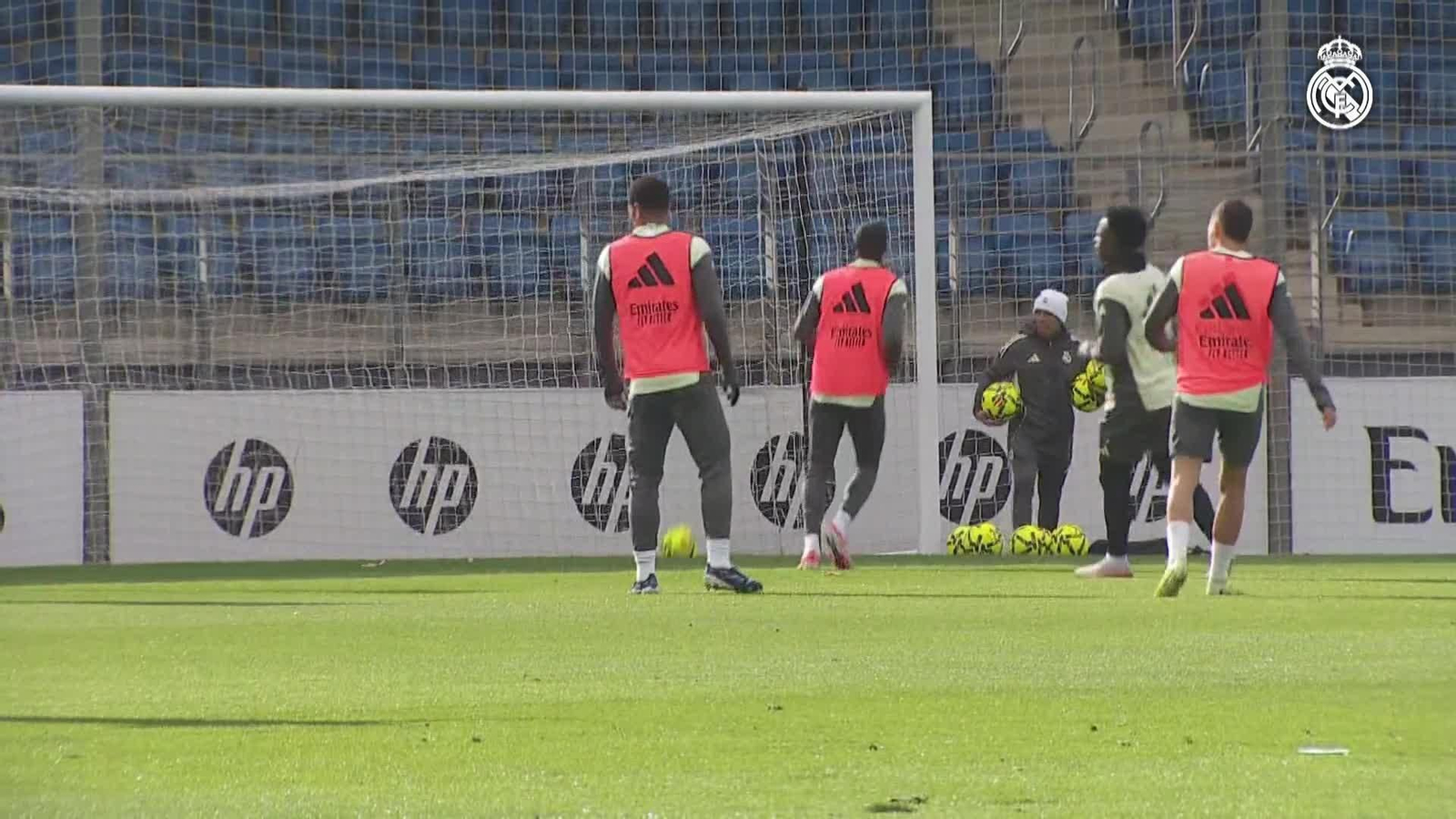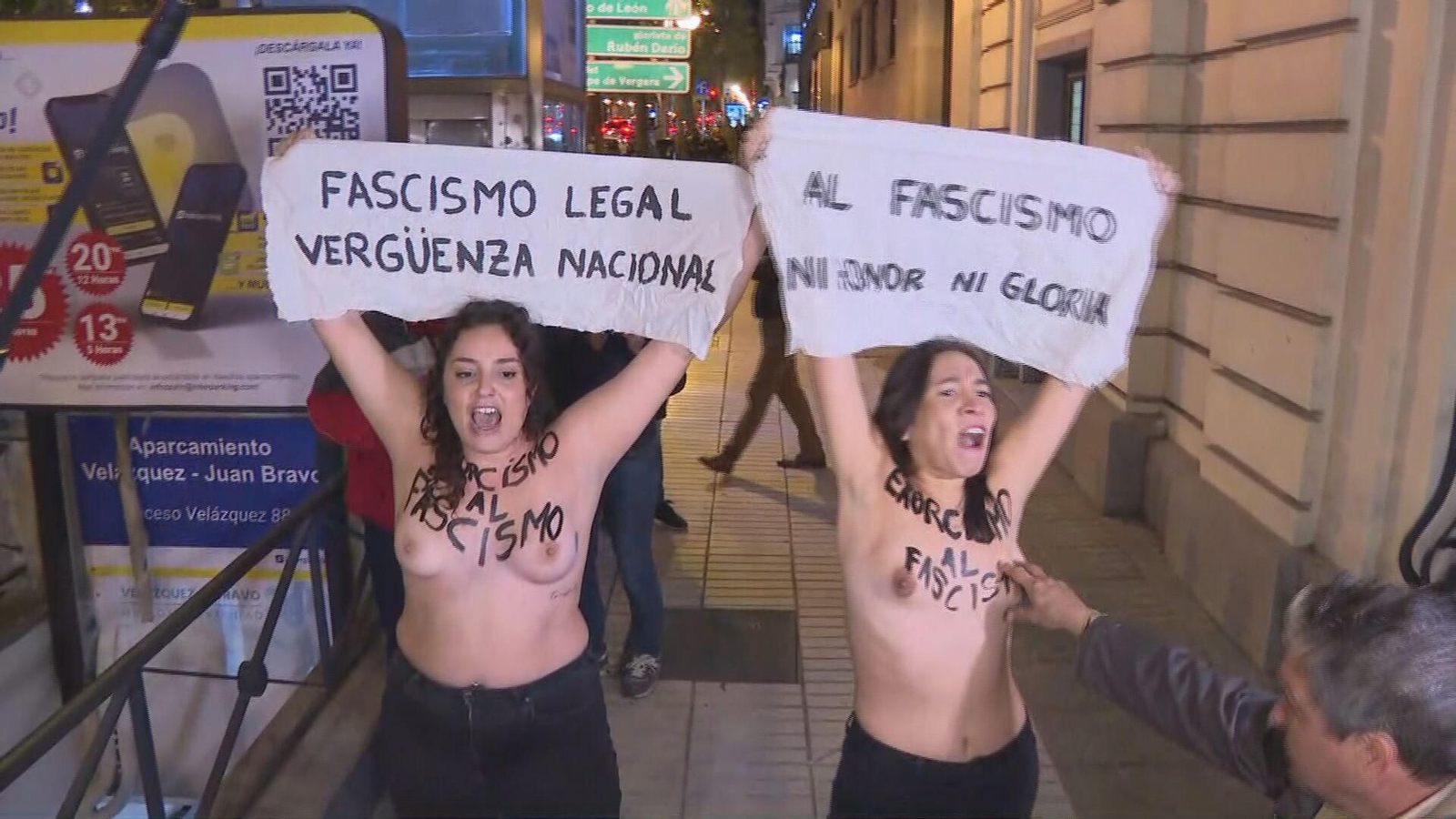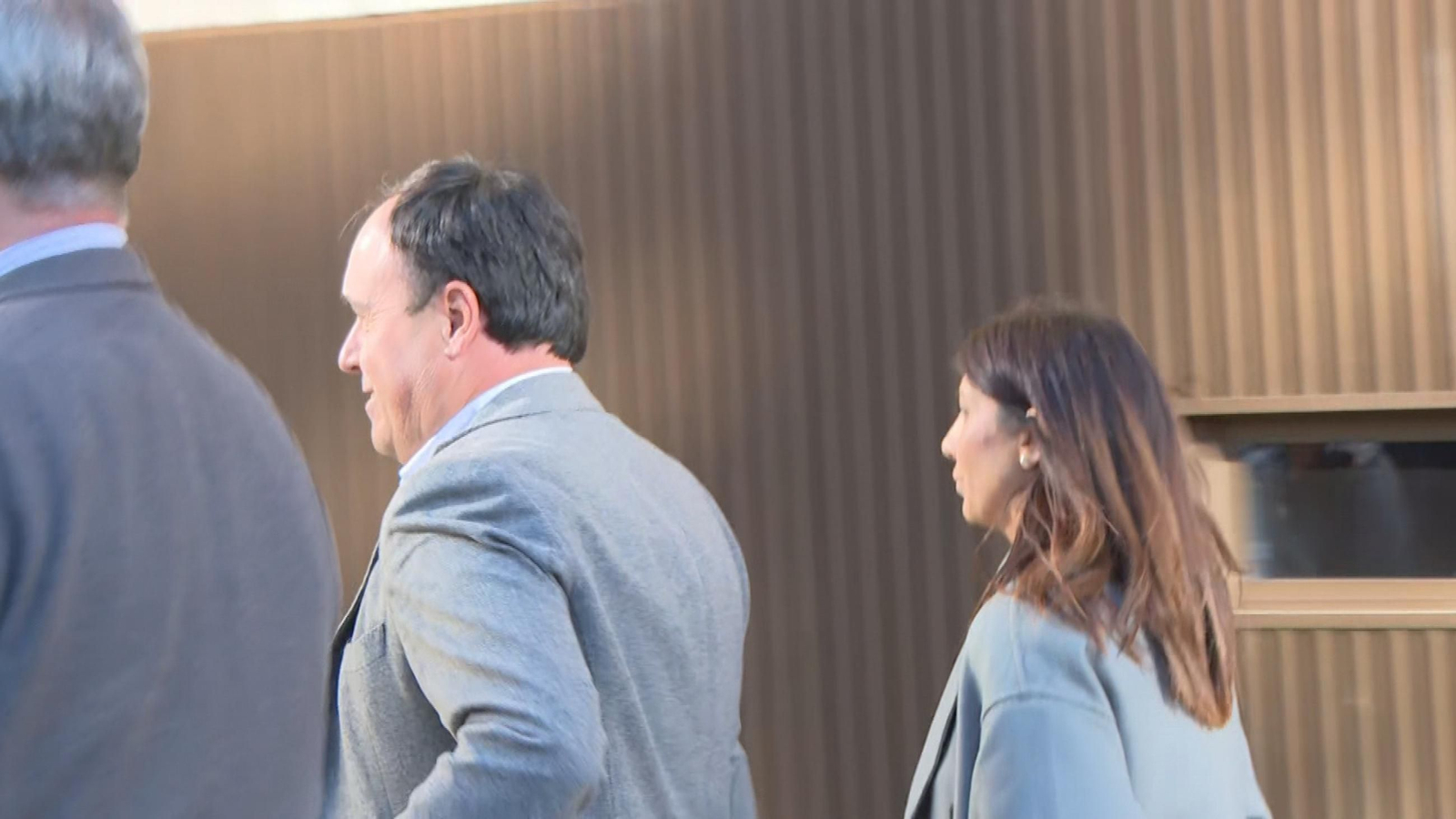D004-MEXICO DESFILE CULTURAS INDIGENAS
Members of indigenous groups took to the streets of Mexico City on Saturday (August 9), to celebrate the International Day of the World’s Indigenous Peoples, marching from the Angel of Independence to the Zocalo, the city's main square.
Participants donned vibrant traditional attire and performed customary dances from their cultures while bands played indigenous rhythms. Along the route, they shared candy and tequila with spectators lining the streets.
The event was deemed significant by participants as it highlighted the visibility and importance of indigenous cultures, which form the roots of Mexican heritage.
"We continue to make an effort to keep the culture alive. Our traditions and customs," said Lucía Martinez, a member of the Triqui community from Oaxaca.
According to the National Geographic Institute (INEGI), Mexico is home to 70 indigenous groups who speak over 60 languages other than Spanish and reside in all federal entities of the country. During the last national census in 2020, 23.2 million people identified as indigenous. These communities are distinguished by their unique traditions, such as the Raramuris in the Sierra of Chihuahua, known as "runners on foot" due to their long-distance running skills for hunting and farming.
The Mexican government states that indigenous territories are rich in biodiversity, with approximately 70% of indigenous lands overlapping with critical conservation areas, including 26.3% in Protected Natural Areas. These areas are inhabited by 44 indigenous groups who play a vital role in conserving natural resources.
DESCRIPCIÓN DE IMÁGENES
MEXICO CITY, MEXICO (AUGUST 9, 2025) (REUTERS - Access all)
1. VARIOUS OF MEMBERS OF INDIGENOUS GROUPS DANCING AND PLAYING TRADITIONAL MUSIC DURING THE PARADE
2. VARIOUS OF MEMBERS OF INDIGENOUS GROUPS THROWING CONFETTI
3. MEMBERS OF INDIGENOUS GROUPS DANCING AND PLAYING TRADITIONAL MUSIC DURING THE PARADE
4. VARIOUS OF PARTICIPANT WITH PINK DRESS DANCING
5. MEMBER OF OAXACAN TRADITIONS GROUP, NORMA ANGELICA MUNDO PARTICIPATING IN THE PARADE
6. (SOUNDBITE) (Spanish) MEMBER OF OAXACAN TRADITIONS GROUP, NORMA ANGELICA MUNDO, SAYING:
"This is the opening of a very important event about indigenous cultures, which are the roots of our country. For us this is very important because Oaxaca is one of the states with the most ethnic groups and where there are more speakers of indigenous languages."
7. VARIOUS OF MEMBERS OF INDIGENOUS GROUPS DANCING
8. VARIOUS OF MEMBERS OF TRIQUI COMMUNITY, AN INDIGENOUS GROUP FROM THE SOUTHERN STATE OF OAXACA, DANCING
9. (SOUNDBITE) (Spanish) MEMBER OF THE TRIQUI COMMUNITY, LUCIA MARTINEZ, SAYING:
"We continue to make an effort to keep the culture alive. Our traditions and customs."
10. PARTICIPANT IN THE DEVILS’ DANCE FROM SANTIAGO JUXTLAHUACA, OAXACA, CRACKING THE WHIP
11. VARIOUS OF PARTICIPANTS OF THE DEVILS’ DANCE
12. (SOUNDBITE) (Spanish) PARTICIPANT OF THE DEVILS’ DANCE OMAR FORES, SAYING:
"I believe it's a tradition, a culture of ours. It's not about worshipping another entity, but this belongs to our culture. The Dance of the Devils is characterized by what its name suggests, featuring masks with horns, whether from sheep, goats, or deer."
13. DEVILS DANCING
14. PARTICIPANTS ARRIVING TO MEXICO CITY'S MAIN SQUARE
